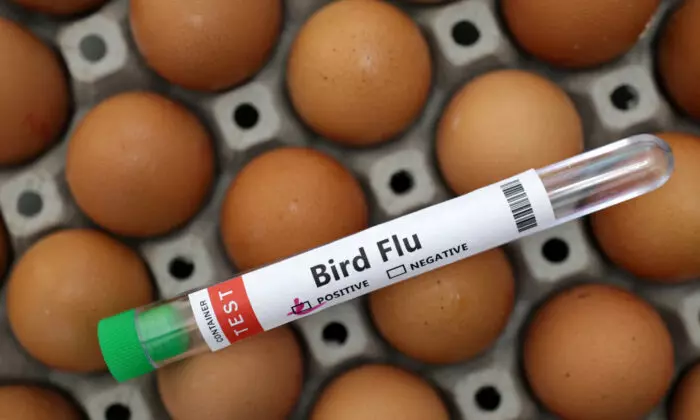In response to recent bird flu outbreaks in Victoria, the United States has imposed restrictions on the import of poultry, birds, and unprocessed avian products from the region. The decision follows the detection of highly pathogenic avian influenza (HPAI) in two separate farms within regional Victoria, resulting in the euthanasia of hundreds of thousands of birds. In addition, a human case of H5N1 bird flu has been reported in Victoria involving a child who had returned from India.
The U.S. Animal and Plant Health Inspection Service (APHIS) issued an import alert, effective as of May 22, which remains in place until further notice. Consequently, any unprocessed avian products originating from or transiting through Victoria are prohibited from entering the United States. However, processed avian products and byproducts from Victoria can still be imported but must be accompanied by a permit and adhere to specific treatment guidelines set forth by APHIS.
Both farms affected by the outbreaks have been placed under quarantine, with all poultry on-site being disposed of in an attempt to curb further infection. Additionally, movement controls are now in place for birds within the restricted area and control zones centered around Meredith and Terang. Penalties will be levied against those who fail to adhere to these new restrictions.
Victorian Chief Veterinarian Graeme Cooke emphasized that housing birds reduces direct contact with wild birds, which can carry the disease without showing any symptoms. Although this order aims to reduce the risk of more birds contracting avian influenza, it does not eliminate the risk of the virus spreading entirely.
According to Professor Deborah Berry from the University of Sydney, some strains of bird flu are highly pathogenic, known as high pathogenicity avian influenza (HPAI), while others are less so, or low pathogenicity avian influenza (LPAI. Due to the rapid mutation rate of these viruses, LPAI can evolve into HPAI. Surveillance and biosecurity measures are therefore crucial in managing virus outbreaks, as illustrated by the situation on Victorian farms.
Professor Berry further explained that chickens are particularly susceptible to bird flu, with entire flocks sometimes being wiped out overnight by HPAI. The virus is transmitted through an infected bird’s saliva, mucus, and feces. Some strains of bird flu have been known to infect humans, but limited transmission between humans exists.
University of Queensland virologist Kirsty Short noted that the strain identified on Victorian farms was a H7 virus, not the more prevalent H5N1 strain circulating globally. However, this situation serves as a reminder of the importance of ongoing vigilance and reporting sick or dying birds to relevant authorities.
The first Australian case of H5N1 in Victoria was announced by the Victorian Chief Health Officer Dr. Clare Looker on May 22. The affected child had returned from overseas in March 2024, but the virus was only detected through further testing and subsequently announced. This highlights the need for constant surveillance to prevent the spread of avian influenza.

